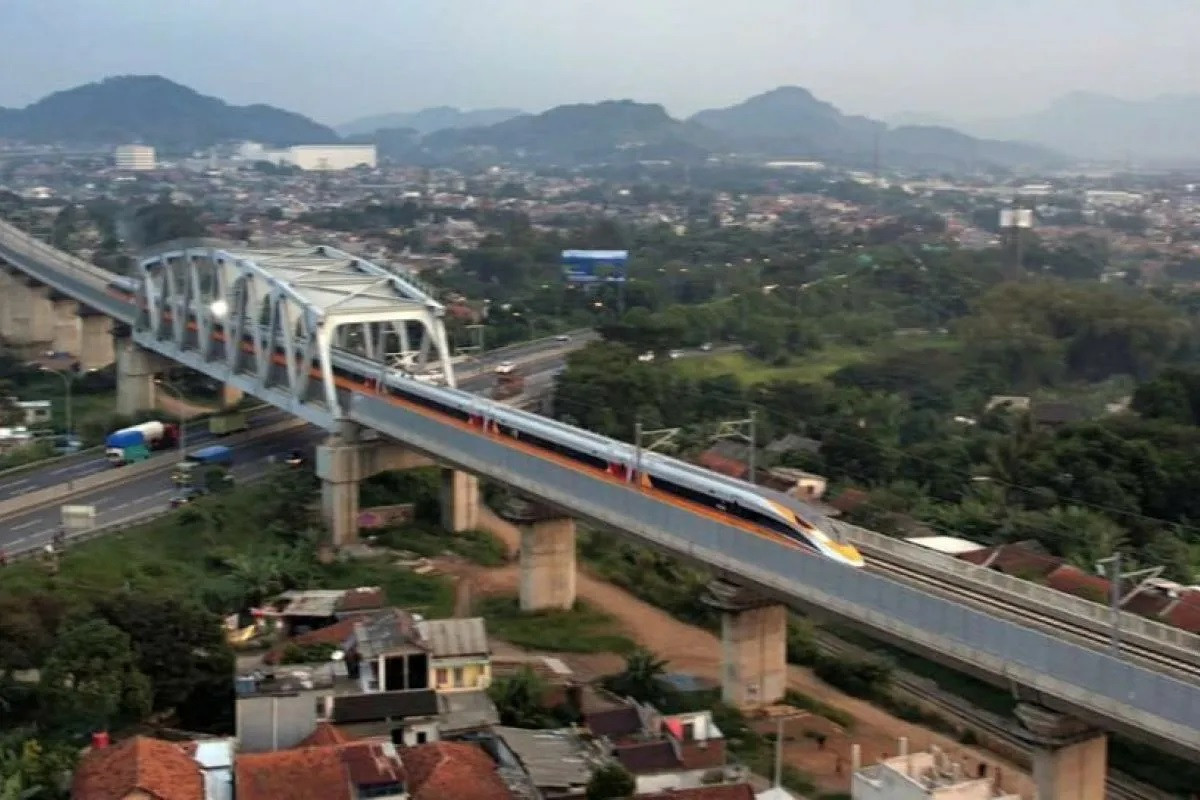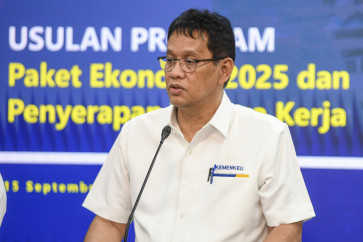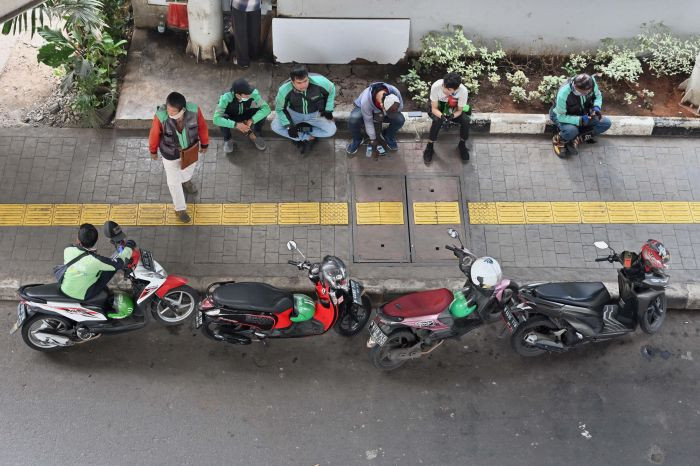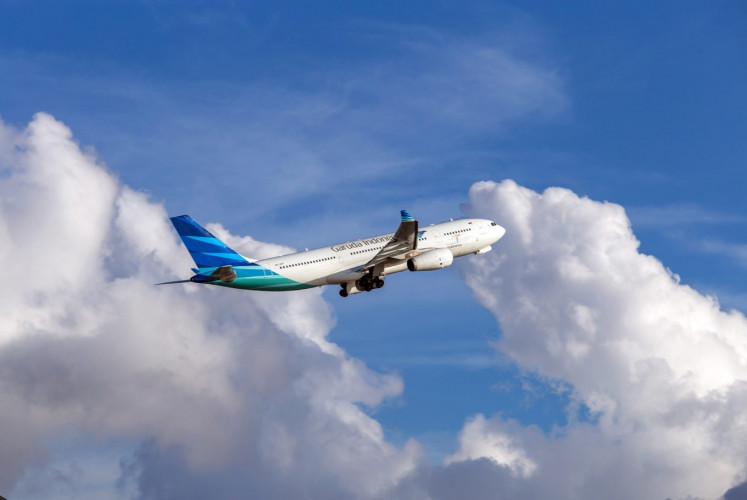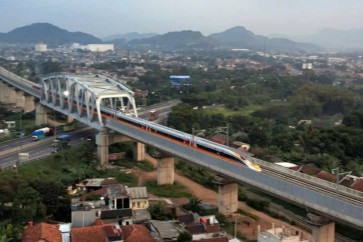Popular Reads
Top Results
Can't find what you're looking for?
View all search resultsPopular Reads
Top Results
Can't find what you're looking for?
View all search resultsChina's experience suggests industry will boom along HSR line: Analyst
The first high-speed rail project in China only covered 130 kilometers, similar to Indonesia’s Whoosh, and did not turn a profit in the beginning.
Change text size
Gift Premium Articles
to Anyone
T
he purpose of high-speed rail (HSR) projects like the new Jakarta-Bandung connection is not just passenger transportation but also industrialization alongside the tracks, according to Wang Yiwei from the China Public Diplomacy Association.
Indonesia’s first HSR, and the first in ASEAN, is an Indonesian-Chinese joint venture. The project exceeded its initial timeline and budget but commercial operations of the service, dubbed Whoosh, are to begin this month.
Analysts have pointed to challenges for Whoosh to operate profitably given the relatively short route of 142 kilometers.
Acknowledging such concerns, Wang noted that profitability was not the only purpose of HSR projects.
He cited the first HSR project in China as an example, which only covered 130 km between Beijing and Tianjin and did not generate any profit in the beginning, which was why private parties were reluctant to invest, pushing the government to initiate construction.
"However, along the railway, industries boomed, from tourism to real estate. And [that made] industrialization China's comparative advantage," Wang explained.
Since then, China has extended its HSR network to 42,000 kilometers, as of the end of last year.

